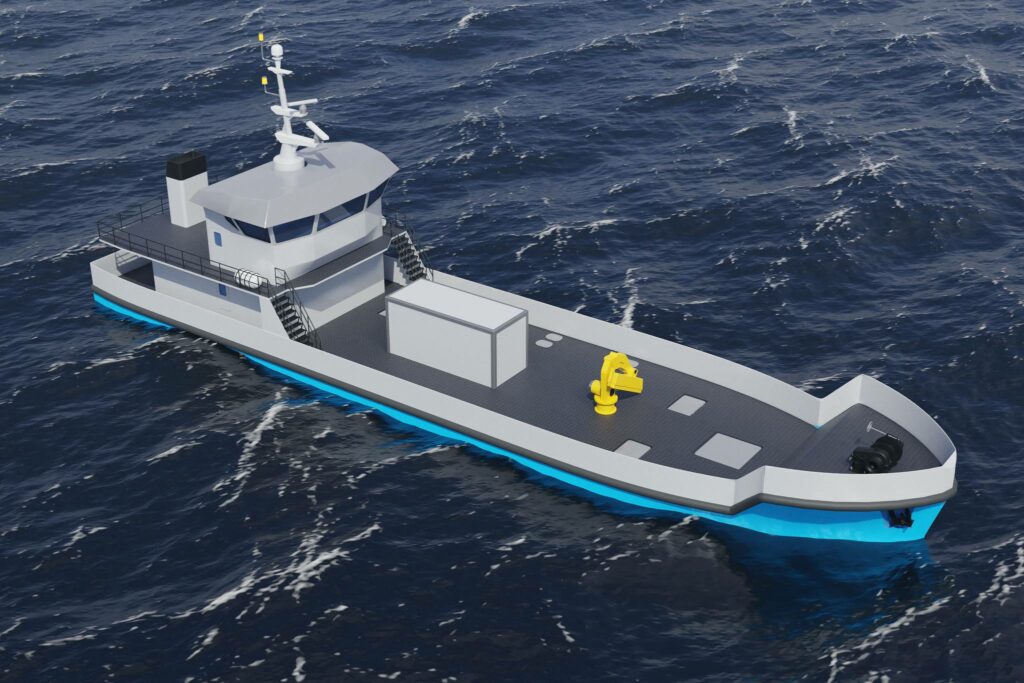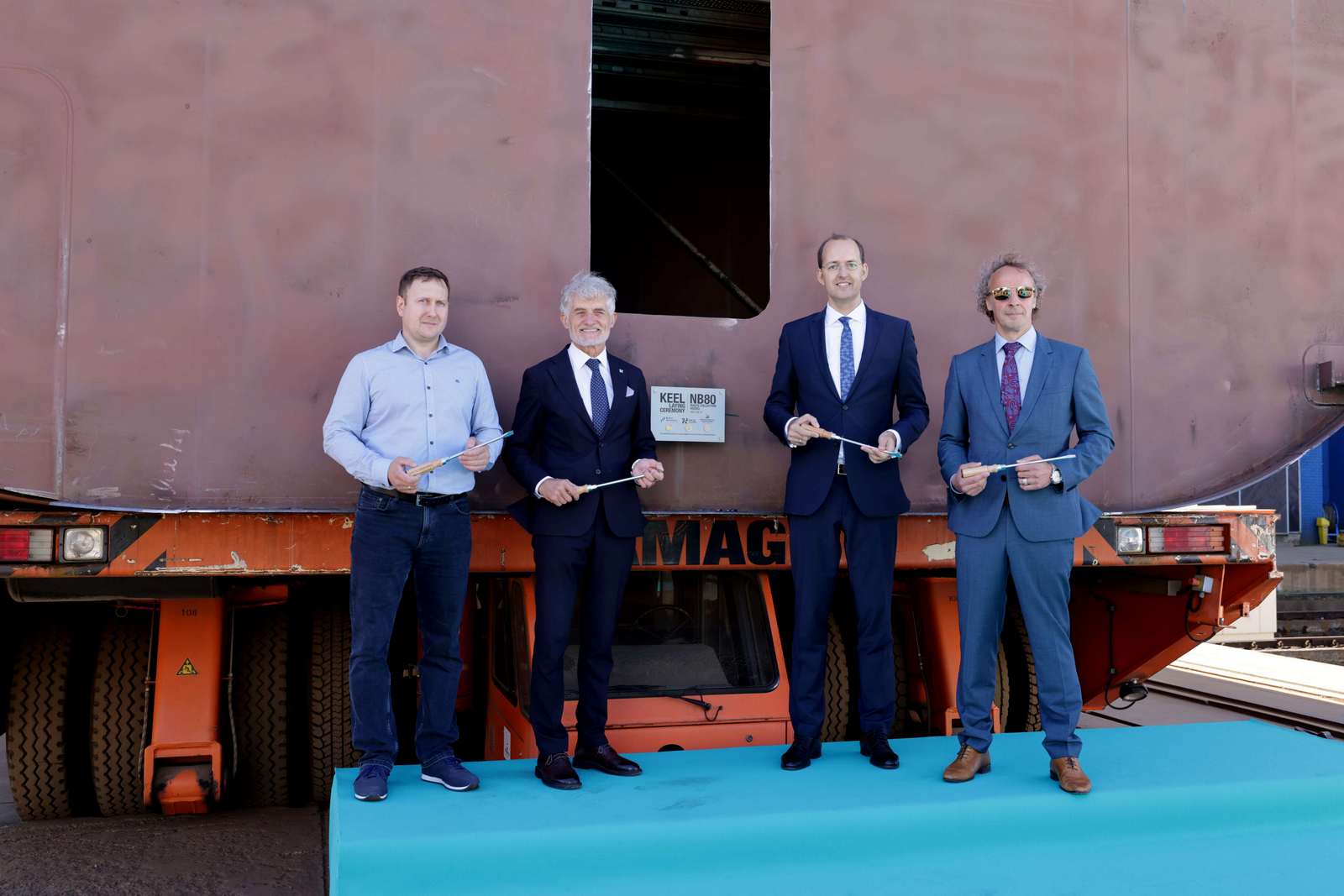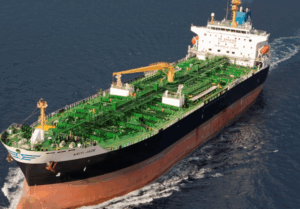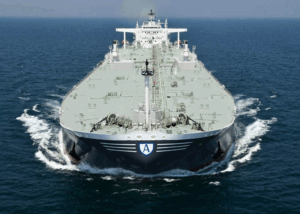
Photo credit: Klaipėda State Seaport Authority
A new page in the history of the Lithuanian shipping industry has been written. The construction of the first hydrogen-electric ship in the state’s history with a total value of €12m has officially begun at Western Baltija Shipbuilding (WBS), commissioned by the Klaipėda State Seaport Authority.
This modern tanker – 42 metres long and 10 metres wide – designed for waste management, is being built in Klaipėda.
It will be able to collect 400 cubic metres of liquid waste, and it will be equipped with two electric motors powered by batteries with a capacity of 2000 kwh and an installed on-board hydrogen fuel cell system.
Depending on the intensity of works, the ship will be able to operate within the port of Klaipėda for up to 36 hours on a single charge.
This ship building project has been commissioned by the port authority, and is being built by Baltic Workboats, under a joint operating agreement with Western Baltija Shipbuilding.
The ship is expected to sail in the waters of the port of Klaipėda at the end of next year.
According to current regulations, all ships arriving at or departing from the port of Klaipėda are required to dispose of all ship-generated waste at a port reception facility.
The port authority has been entrusted to provide a waste collection service.
“I hope this will provide a strong impetus for our shipping industry, leading to the production of more such vessels in our port city,” said the Lithuanian minister of transport and communications Marius Skuodis.
The hull, superstructure, and wheelhouse will be constructed at the Western Baltija Shipbuilding at the port of Klaipėda, along with the installation of cargo systems and other works.
The Estonian company, Baltic Workboats is responsible for the installation of the main and auxiliary machinery, and the harmonisation and testing of all the ship systems. A hydrogen fuel cell system will be installed in Estonia as well.
The main challenge for the shipbuilders is to design and build a ship for the collection of oily bilge water, sewage, sludge, and other waste.
It will need to be equipped with waste collection tanks and an oily bilge water treatment plant that will treat the waste waters and transfer everything along with the sewage to the city’s onshore waste water treatment plant.
It is expected that the ship will operate on a 24-hour basis.



